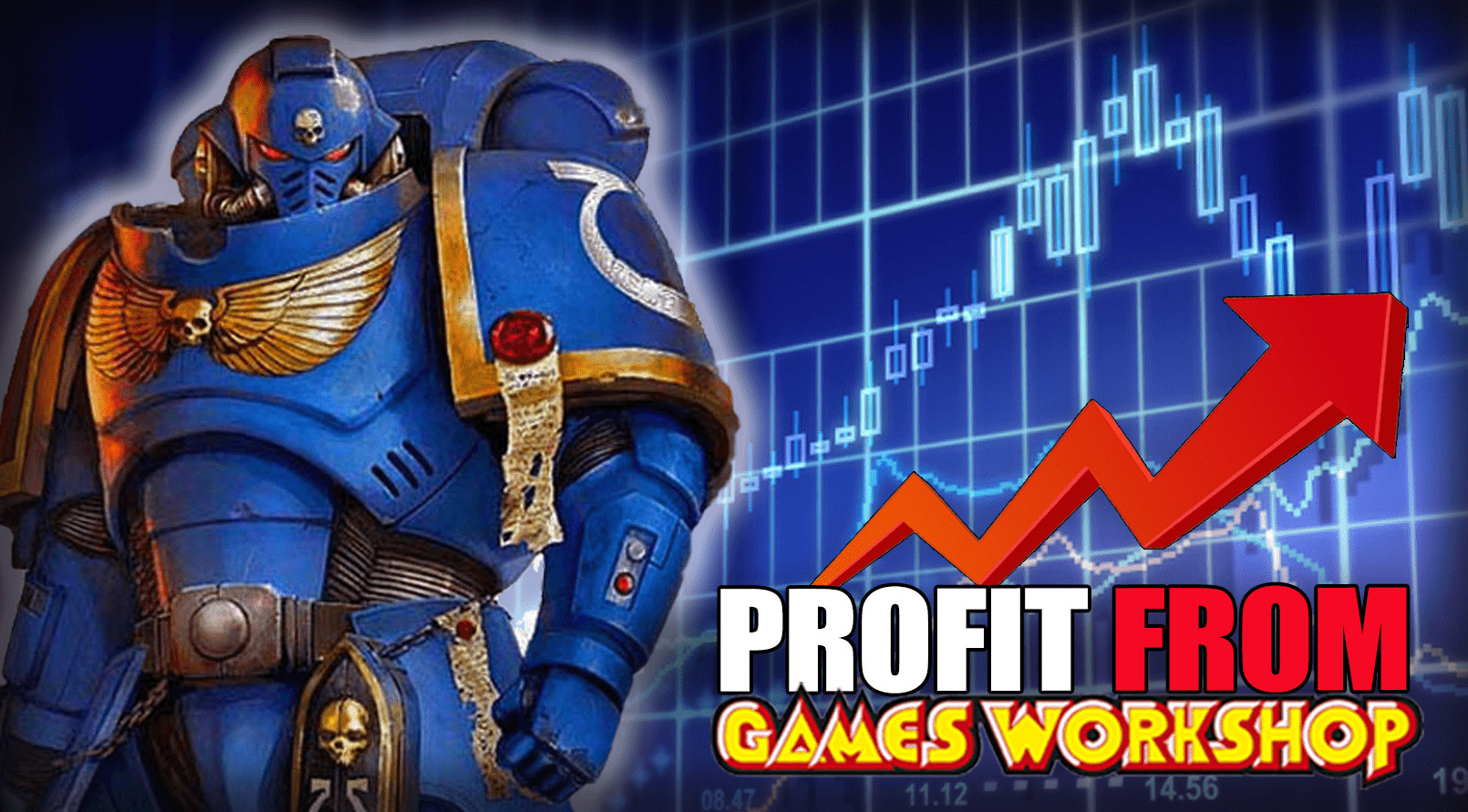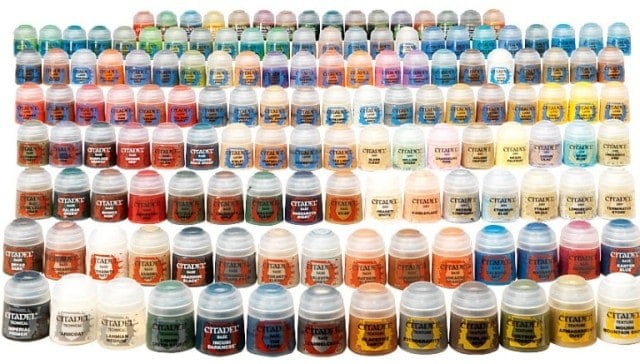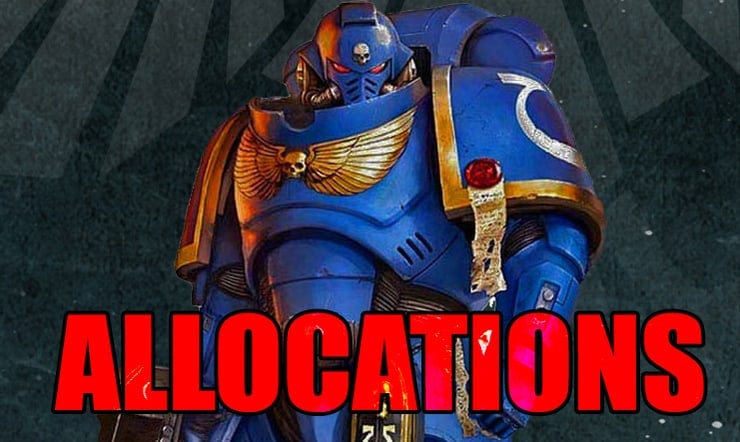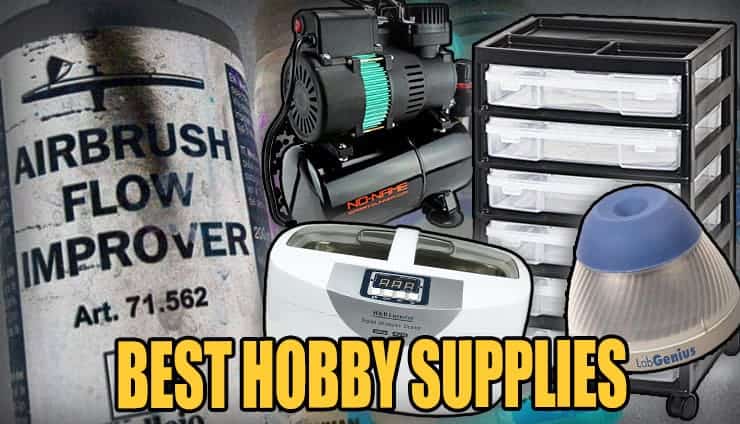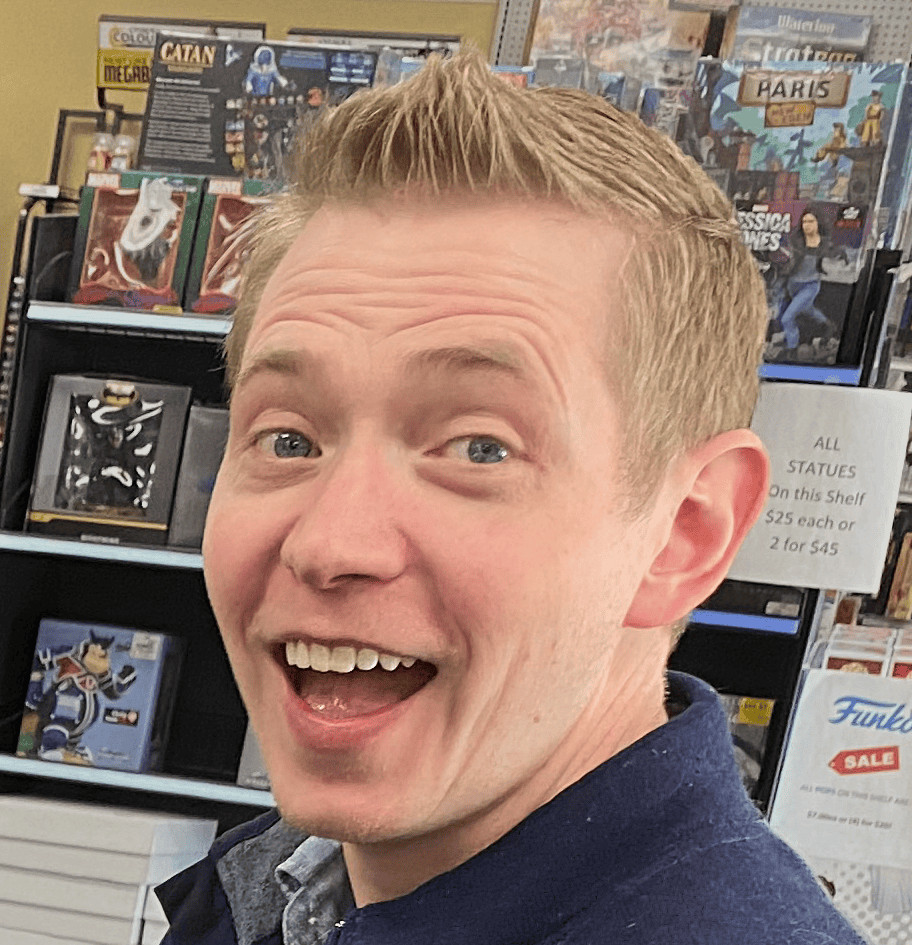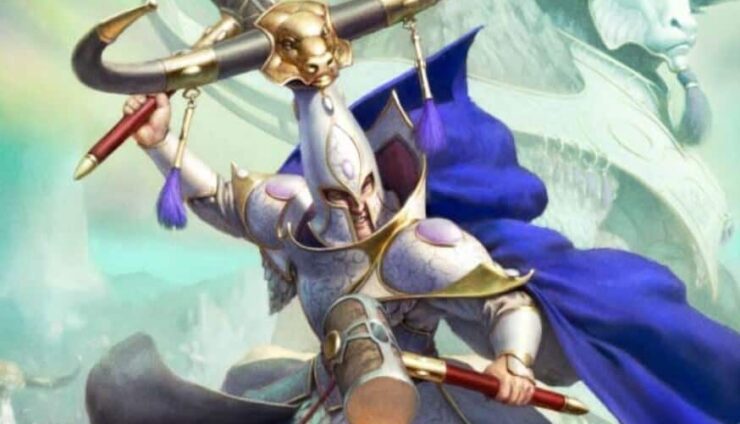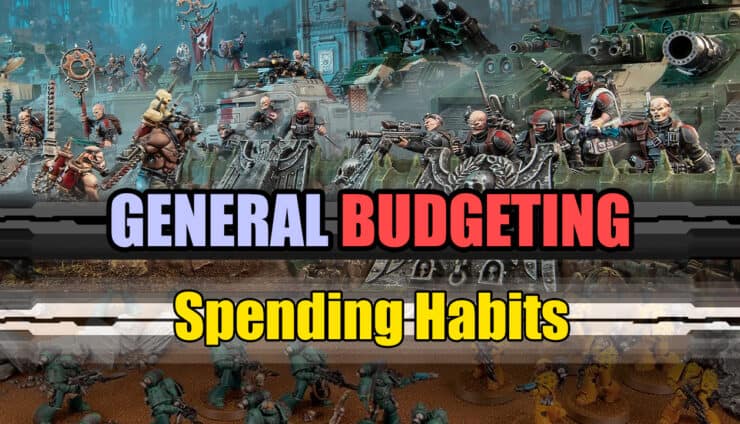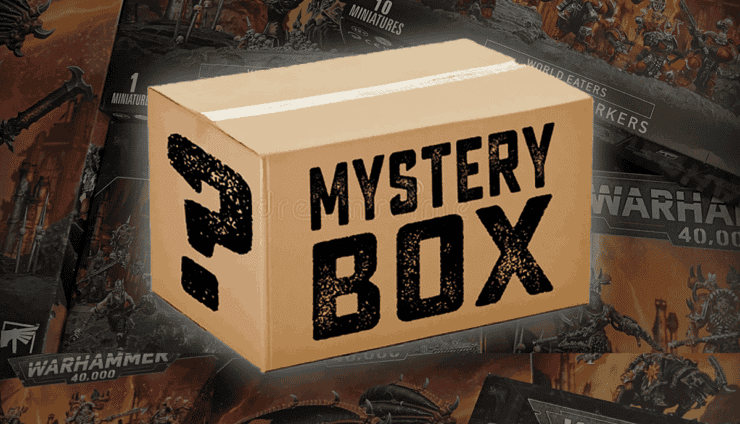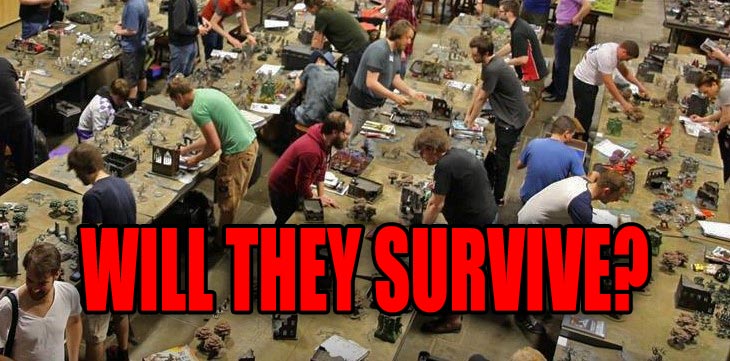 You might be surprised by some of the hidden costs of running your own gaming and hobby store, even before social distancing happened.
You might be surprised by some of the hidden costs of running your own gaming and hobby store, even before social distancing happened.
Hobby-wise, we’ve been sitting in a rough patch over the past few years with supply chain issues and, obviously, the pandemic. However, game stores have notably been hit even harder. So while we wait for our favorite gaming spots to get back to pre-pandemic levels, here are some things to think about the actual costs of running a hobby store.
Hidden Costs of Running Your Own Gaming & Hobby Store
We’re going to start by talking about your standard 4×6 gaming table. But to do so, we have to add in all space that the players use to walk around and set their gaming cases, bags, etc., on as well.
If you’ve played Warhammer longer than thirty minutes, you’ll know that there are a ton of players that go to LGSs with boxes on top of boxes of models. That takes up space.
Once the players finally set up their game, they have to walk around and use the area around the table.
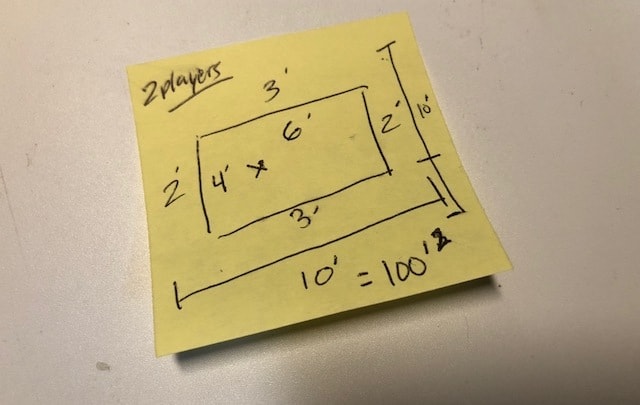
And yes, these numbers fluctuate based on location and foot traffic (like a Mall store, etc.)
At 100 sq feet, the monthly cost totals are just over $100 a month. How’d we get there? Well, $13/sq ft x 100 for the game table space equals $1300, then Divided by 12 months, and you get $108.
Now here’s the kicker. How many LGSs do you know of that only have one gaming table? If a store has four tables, that may be at least $400/month on wargaming table space alone.
Wargamers vs. Cardgamers
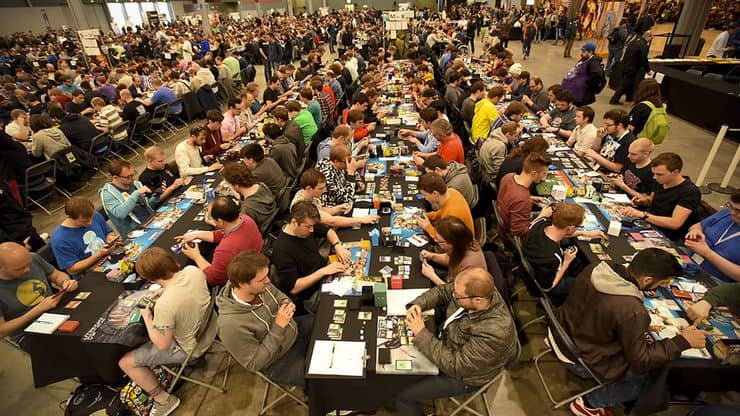
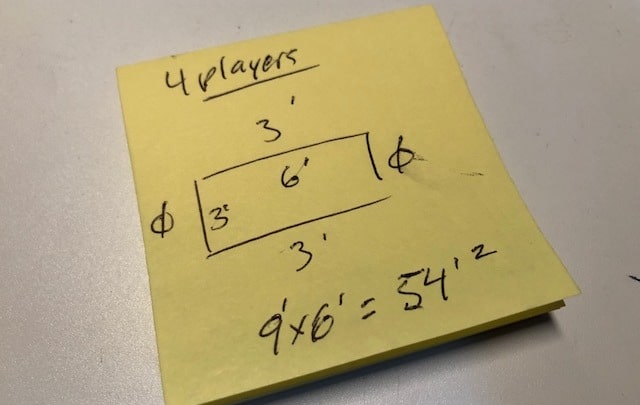
Based on our math above, the “rent” on a game table like this is just over $50 a month. Imagine putting eight card gamers at a table that size; it’s the same rent as the game tables above for twice the players.
Step 3… Profit?
Looking at it from a business standpoint, four, or even six-card gamers are more likely to buy more drinks and card packs (which have good margins and are sold in quantity) more frequently than a pot of paint or even a new model for their army.
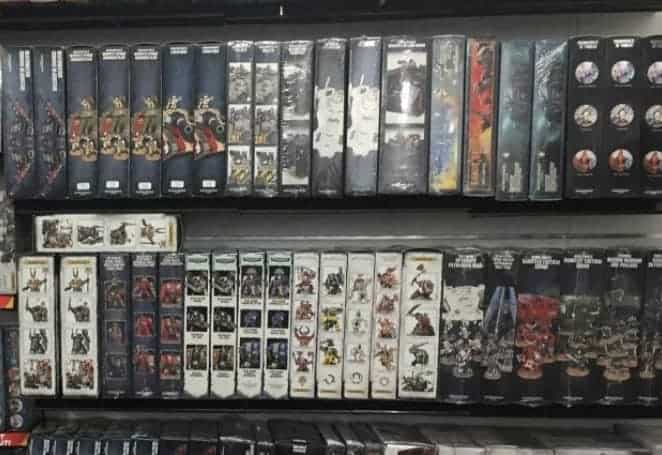
However, it’s been clear that GW can’t write rules that can stand on their own for what seems to be more than two weeks, which means post FAQ, sales on these new kits drop fast regardless of edition.
With the overall price of GW’s products recently increasing, the profit margin on kits and paints has remained constant while prices have increased. Meaning players may just not be buying as much these days.
Now compare them to something more “consumable.”
- Gaming Card packs (for the consumer): $5.00(ish)
- Cost of the box (for the retailer): $95(ish)
- Cost per pack (for the retailer): $2.63(ish)
- Profit: Full box per pack at full retail is around $185
- Soda MSRP (for the consumer) $1.00
- Cost of soda from wholesalers: around $.33
- profit: $.67 per soda
We can all probably agree, for the most part, that everyone who plays card games doesn’t mind shelling out $5 for the chance of opening a $5-$20 card and making their money back. You’ve also got sodas, other drinks, and snacks that stores sell all day.
Everyone who spends their afternoon playing card games or even a tabletop game like Warhammer will get thirsty. Sodas are a goldmine for hobby stores. You can buy a 24-pack of sodas for just a couple of bucks if you grab them on sale somewhere, then charge $1 for each can.
That’s $20+ made off of $4-ish dollars.
What Does It All Mean?
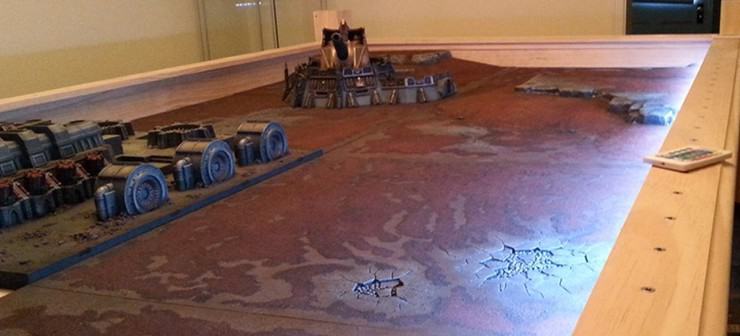
Customers that make most of their purchases online, recast issues aside, yet play in stores could be a part of the problem when it comes to hobby stores being forced to choose to continue carrying your favorite games or just sticking to high-profit margin games.
We’ve all heard someone say, “Oh well, I always buy a pot of paint or a pack of cards when I go,” right? However, you may be shocked to learn that based on the numbers above, a store would have to sell about 50+ pots of paint to break even on the monthly rent for ONE game table.
While it’s a noble effort to come in and buy a pack of cards, paint, soda, etc., in this day and age, it may not be nearly enough, and honestly, somewhat insulting to owner-operators, even to say such a thing.
For most healthy well-stocked games stores in larger markets, everything balances out between the multiple small purchases (paints and card packs) and large purchases (tabletop minis, entire boxes of trading cards, and box sets of models).
A Time To Pivot?
In the 2020s, savvy game stores charge subscriptions that give back store credit or other benefits like reserving tables and reduced event fees. These stores are pivoting from retailer to lifestyle stores, that so many big box retailers are desperate to do.
Hopefully, you’ve noticed more of the hidden costs of running a store by now. It’s not getting any easier for them either, with companies like Wizards of the Coast directly selling to customers via Amazon and crippling new release allocations from Games Workshop.
Especially now that the global crisis has forced hardships on owners for years.
Sure, some people “do their part” and buy a paint pot or a pack of cards when they play, but will it be enough to keep stores in business in a post-crisis world?
With all of this covered, how is your LGS doing? What do you think of these hidden costs of running a gaming and hobby store?
Let us know in the comments of our Facebook Hobby Group, or our new Discord server, and make sure you enter the latest monthly giveaway for FREE today!
Get ad-free access to our hobby videos, a monthly drop of miniatures, and support some of the best creators out there for as little as $6 a month on Patreon!
